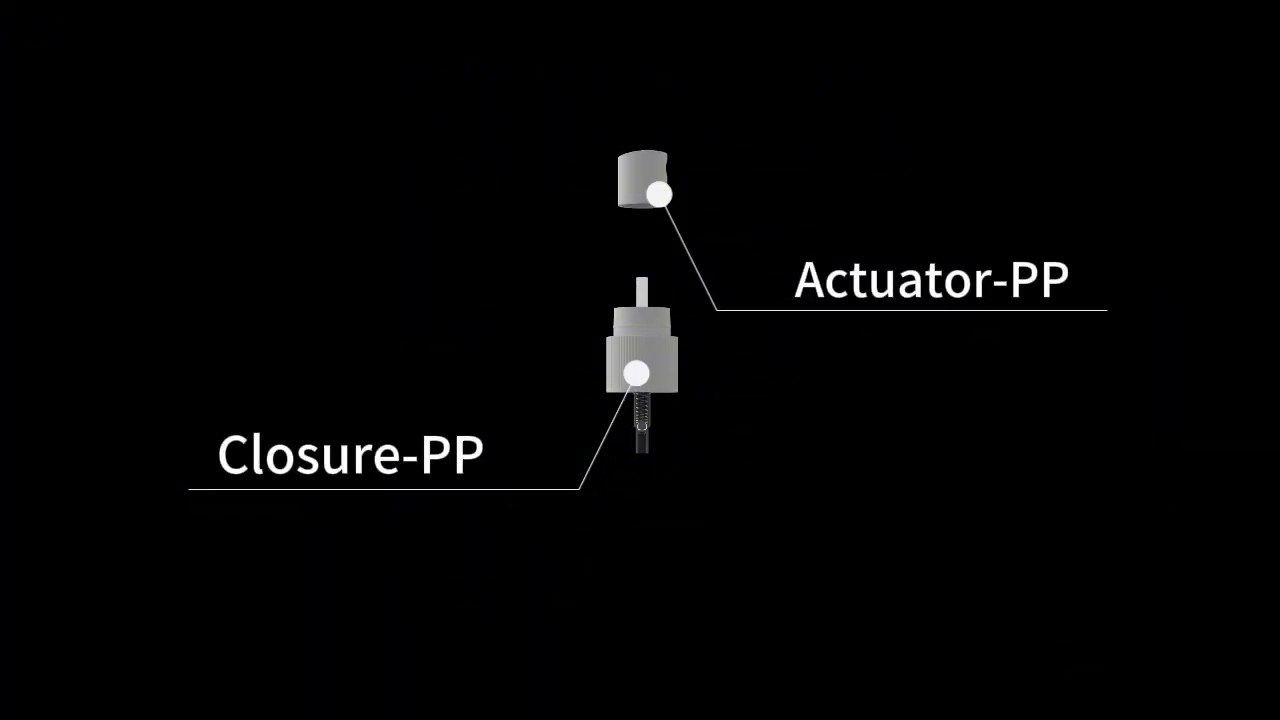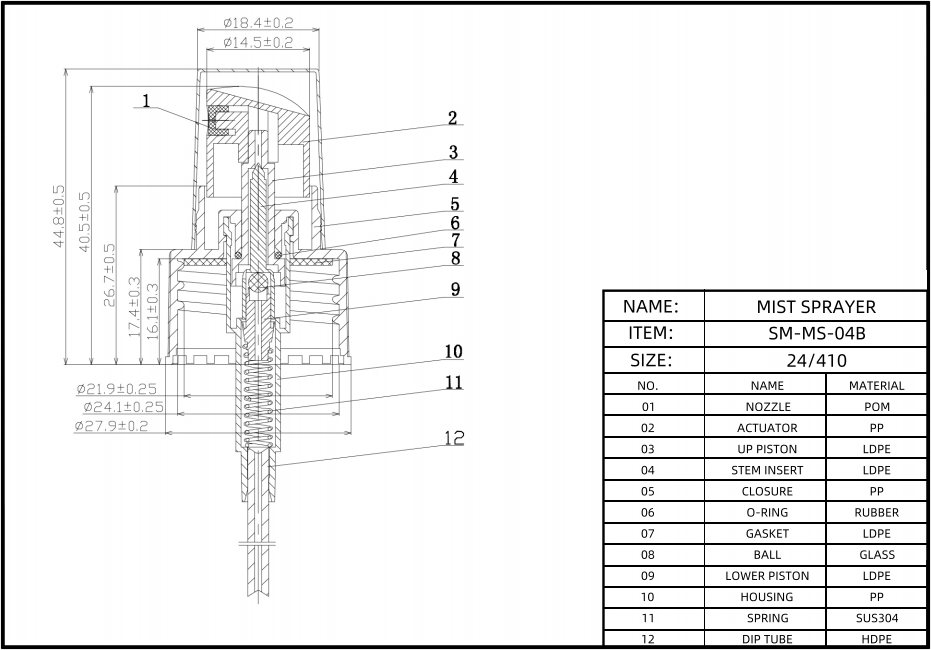Lotu ʻa e kakapu is used in many places in our lives, such as alcohol, gel, perfume, air freshener, etc. The nozzles used are all Mist Sprayer. It sprays fine and evenly. Neongo ia, before purchasing, you should first understand the characteristics and structural characteristics of Lotu ʻa e kakapu.
What is a Mist Sprayer?

Ko e fana kakapu is a primary accessory for cosmetic containers that converts liquid into a fine mist of droplets. According to their function, they can be divided into mist sprayers for oil, mist sprayers for hairspray, regular mist sprayers, and external mist sprayers.
The mist sprayer utilizes the principle of atmospheric balance. By pressing it, the liquid inside the bottle is sprayed out. The rapidly flowing liquid drives the gas to flow near the nozzle opening, which increases the gas speed and reduces the pressure near the nozzle. This allows surrounding air to enter the liquid, and the gas and liquid mix to form a mist effect.
Structure of Mist Sprayer
Product Accessories
Dust cap, Actuator, Insert, Tata ʻo e sikalu, Gasket, Upper spring, Pump body, Glass ball, Stem, Lower spring, Pisitoni, Piston seat, Gasket, Dip tube.
Product Structure Diagram

Working Principle of a Mist Sprayer
Exhaust Process
When the actuator is pressed, the stem moves the piston, and the piston pushes the piston seat downwards. The spring is compressed, and at the same time, the volume inside the pump body is compressed, increasing the air pressure and expelling the gas.
Suction Process
After the air is expelled, the actuator is released. The spring returns to its position, pushing the piston seat upward, which closes the gap between the piston and the piston seat and pushes the piston and stem upward. The volume in the pump body increases, the air pressure decreases, and liquid enters.
Discharge Process
When the actuator is pressed again, the pump body is already filled with liquid. The liquid will force open the gap between the piston and the piston seat and be sprayed out from the nozzle.
Available Processes
The screw cap of a mist sprayer is generally made of plastic, and some may have a layer of anodized aluminum fitted over them. The main components can also be spray-painted, have an anodized aluminum finish, or be colored through injection molding. Additionally, hot stamping and silk-screen printing can be applied to the actuator or the screw cap.
How to Choose a Mist Sprayer Supplier?

Precautions When Purchasing:
- Mist sprayers are available in two types: screw-on and snap-on.
- The size of the pump head is determined by the caliber of the matching bottle. The discharge rate is 0.1ml/time ~ 0.2ml/time, and specifications range from 12.5mm to 24mm. They are generally used for perfumes and gels. For the same caliber, the length of the dip tube can be determined by the height of the bottle.
Selecting a mist sprayer Supplier:
- They must have their own factory and possess certain certifications and qualifications.
- They should be able to provide samples and conduct various tests.
- They should not only sell products but also provide solutions.
- Don’t just look at the price; consider product quality, communication efficiency, and the supplier’s service comprehensively.






